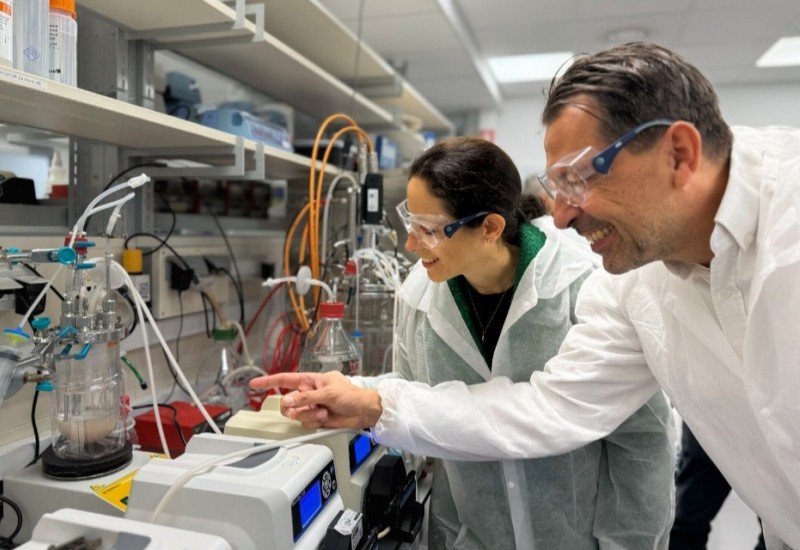Second Chemistry Nobel Prize for Sharpless
The Nobel Prize in Chemistry 2022 has been awarded to three academic pioneers of click chemistry and bioorthogonal chemistry: previous winner K. Barry Sharpless of Scripps Research; Morten Meldal of the University of Copenhagen: and Carolyn R. Bertozzi of Stanford University. “Sometimes simple answers are the best,” said the committee awarding the prize. “Click chemistry and bioorthogonal reactions have taken chemistry into the era of functionalism” and “this is bringing the greatest benefit to humankind.”
Sharpless first coined the concept of click chemistry at the turn of the century for a minimalist, functional form of chemistry, where molecular building blocks snap together quickly and efficiently rather than through the costly and time-consuming steps common in drug development. This earned him a first Nobel Prize in 2001. He and Meldal later independently discovered what the committee called “the crown jewel of click chemistry”, copper-catalysed azide-alkyne cycloaddition.
Their publication of the reaction triggered growing use of click chemistry in both research laboratories and industrial development, notably in the development of drugs and materials Bertozzi, who had pioneered a method for mapping biomolecules on the surface of cells, later developed a way to build click reactions inside living organisms. These reactions occur without disturbing the normal chemistry of the cell. They are now widely used in developing oncology drugs, in DNA sequencing and in material sciences, with huge potential for further development.















